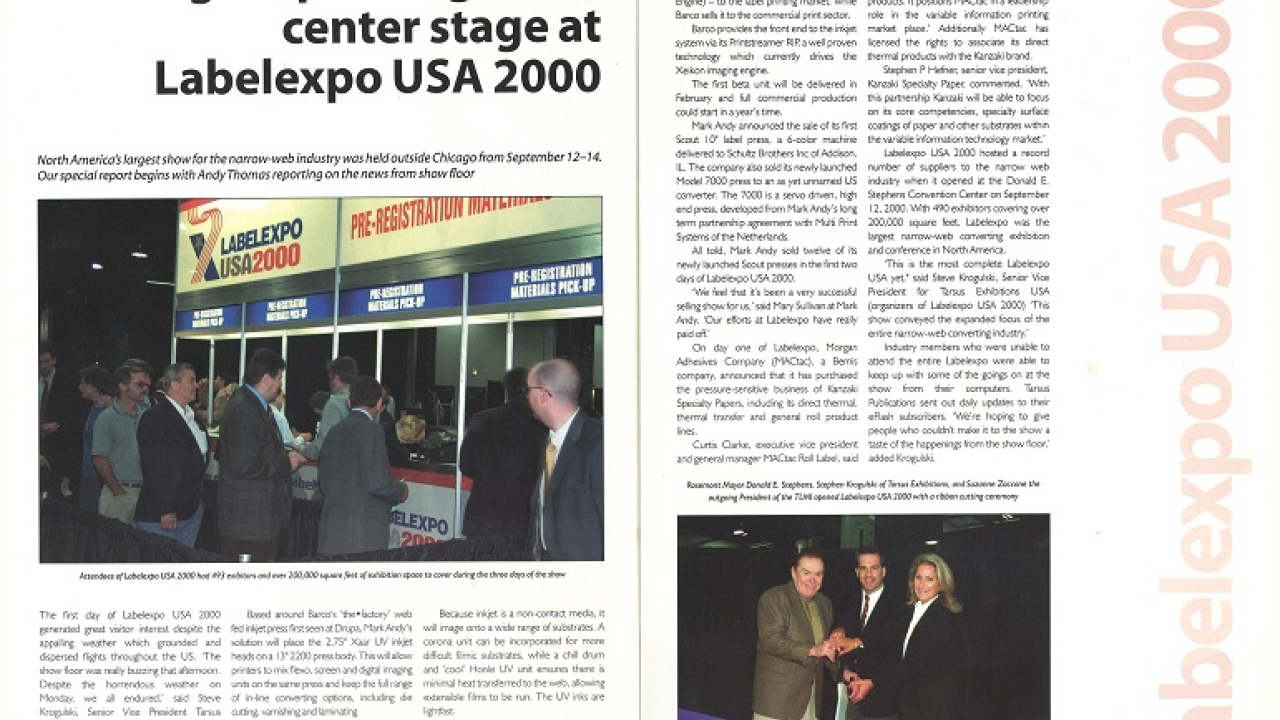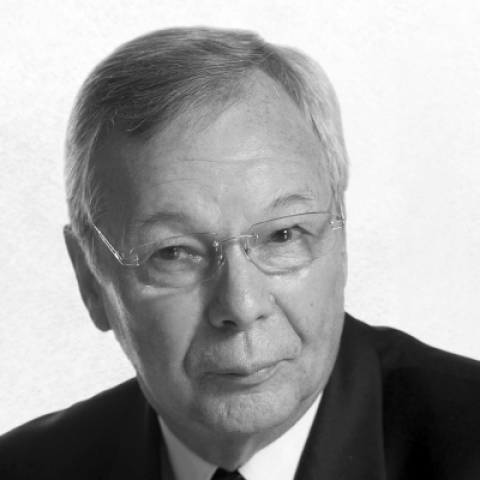L&L turns 40: The future of narrow web

As the keynote speaker of the TLMI conference, Mike Fairley, the international publishing director of Tarsus Publishing and Exhibitions and a leading consultant to the worldwide label industry, spoke to the delegates about the challenges and opportunities worldwide for the label and converting industry.
According to Fairley, the globalization and consolidation of the label and converting industry that began in the mid-l980s and continued through the mid-l990s accelerated dramatically over the last five years as international trade barriers have fallen over the last five years.
‘These developments will significantly change how labels and packaging are purchased and supplied in the years ahead,’ said Fairley.
The packaging industry is being challenged by a retailing industry that is expanding globally. Fairley gave the example of the retailer Wal-Mart. Wal-Mart serves over l00 million customers every week worldwide in the 50 United States as well as Argentina, Brazil, the UK, Canada, China, Germany, Mexico, Puerto Rico and South Korea.
Five factors have led to this global market demand and will allow this trend to continue.
The continued reduction of international trade barriers and tariffs will accelerate the globalization of commerce.
As more label buyers move to global manufacturing and purchasing they will need their label suppliers to follow suit.
The impact of new technology easing communication around the globe. Use of the internet through ecommerce sites is making the world a single labeling market. Fairley gave the example of Transora, a site under construction where the 52 top brand owners plan to do up to $10 billion a year in packaging purchases.
Not only are label buyers going online but as are suppliers to the label industry.
The challenge for converters is the role they will play in this global marketplace.
The largest label buyers are only going to get bigger and control a larger share of the label market. The top three brand owners in the world, Coca-Cola, McDonalds and Nescafé, have accounts around the world. ‘But they still want the same high materials, technology, and quality standards everywhere in world for their packaging and labels,’ said Fairley.
While it easy to find global brand owners and global suppliers to the label industry, according to Fairley what is difficult to find is global converters. Several converters have tried to establish a global presence but have failed.
So, what brand owners are doing now is looking to their North America or European converters to find partner companies around the world. ‘They can now do that because the materials, equipment and inks are available around the world,’ said Fairley.
*This article was first published in Labels & Labeling issue 5, 2000
Follow Labels & Labeling on Twitter, LinkedIn and Instagram, then share your memories of the magazine using #LnLturns40
Find out how to join in with Labels & Labeling’s 40th anniversary celebrations here
Stay up to date
Subscribe to the free Label News newsletter and receive the latest content every week. We'll never share your email address.



